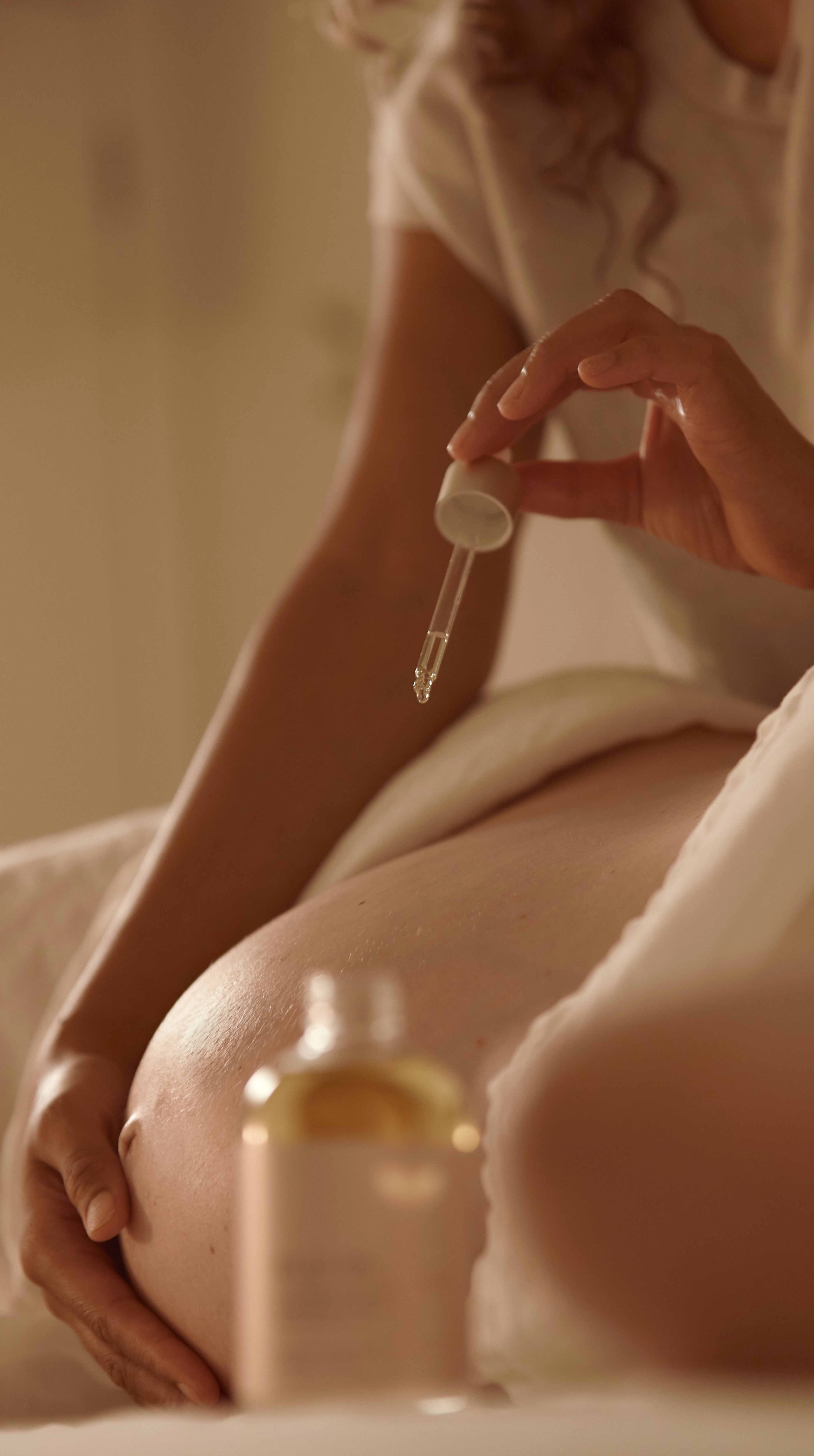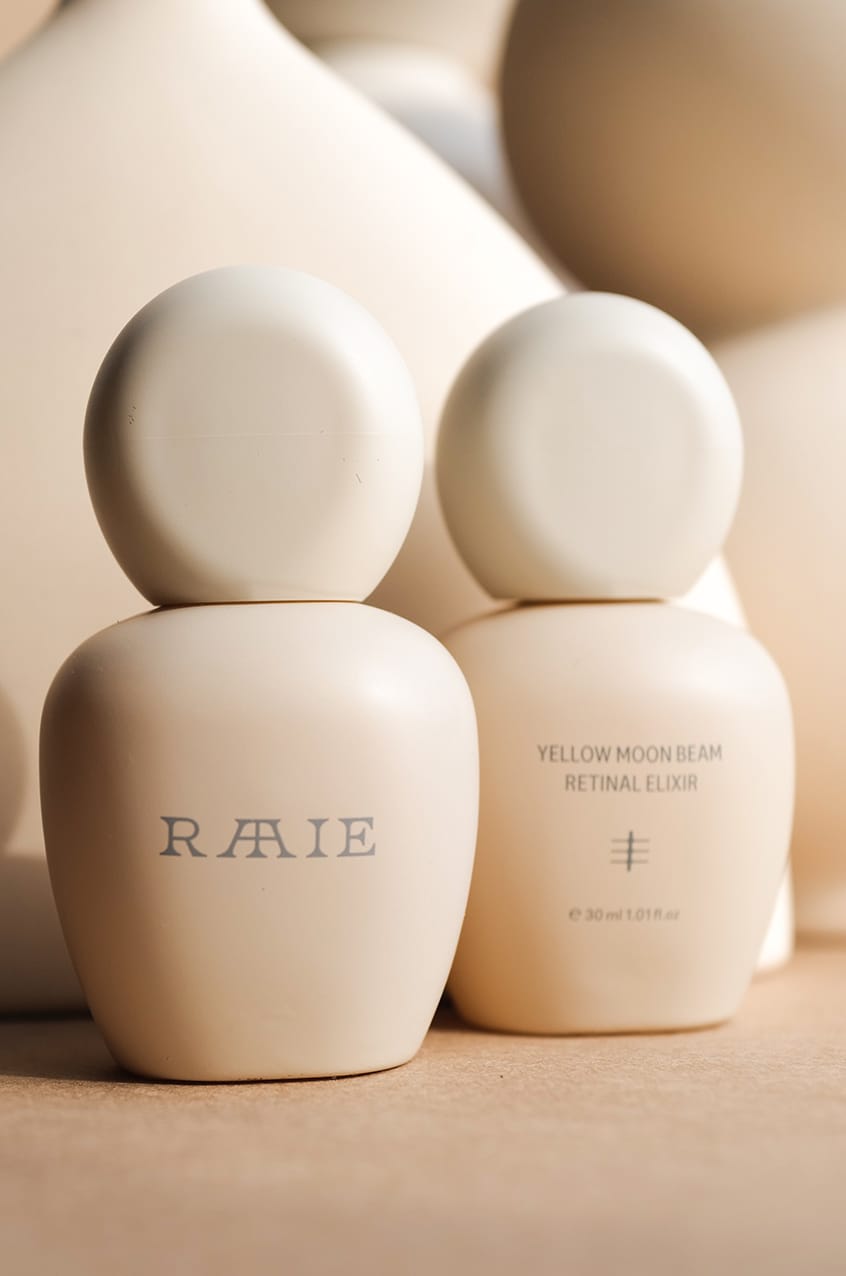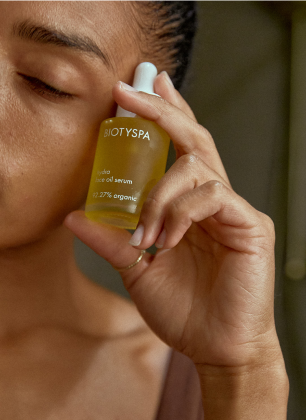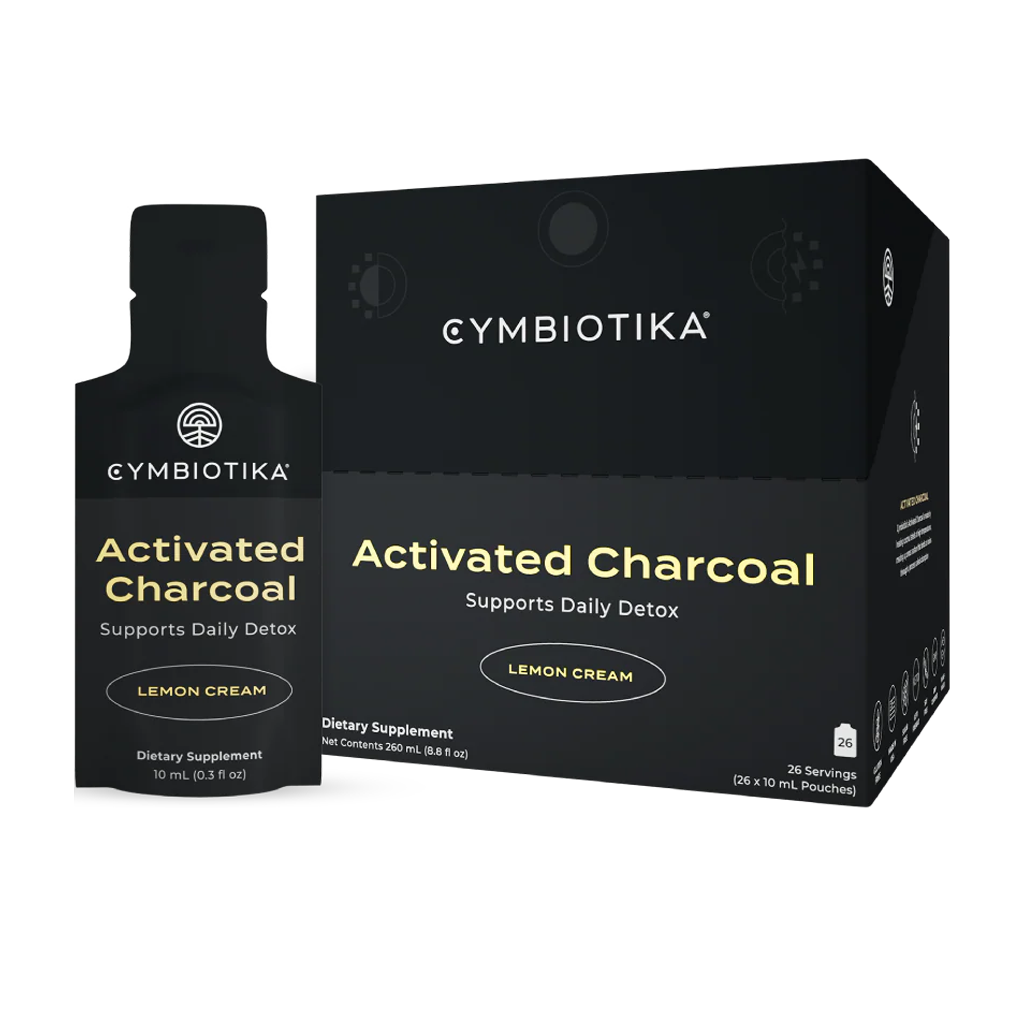It’s impossible to avoid exposure to toxins in the world we live in today. We are under a constant barrage from toxins in the food we eat, the water we drink and bathe in, our cookware, homeware, cleaning products, personal care products and the air we breathe.

Toxins are invisible but they impact every part of our physiological function and contribute to many symptoms and diseases.
For example, benzene found in petrol and car exhaust fumes can damage DNA and increase your risk of cancer with chronic exposure.
Endocrine disrupting chemicals (EDC’s) such as BPA, phthalates and perfluorinated compounds (PFC’s) can be found in plastics, personal care products and non-stick pans. These chemicals mimic our body’s natural hormones, wreaking havoc on our hormonal balance and contributing to a higher risk of diabetes and reproductive diseases like endometriosis, PCOS, reproductive cancers and infertility.
Exposure to the heavy metal, lead, has harmful effects on brain function and is linked to neurological diseases like ALS (motor neuron disease) and Parkinson’s disease.
Being surrounded by so many toxins may seem frightening, but there are many effective and accessible solutions to reduce toxin exposure and keep ourselves and our family’s as healthy as possible. But first we need to know where toxins hide.
Identify hidden toxins in your life
- Conventionally grown fresh produce: This is typically sprayed with neurotoxic pesticides to kill insects and carcinogenic herbicides like glyphosate to kill off weeds.
- Inorganic factory farmed animals: These are often fed GMO corn and soy (thankfully not in NZ!), or they feed on pesticide-sprayed pasture and are treated with antibiotics and hormones. When you eat meat, poultry and dairy from conventionally farmed animals you are exposed to these toxins that have accumulated in their fatty tissue.
- Large fish: Fish species tuna, king mackerel, marlin and swordfish are high in mercury.- Canned food and beverage cans: These are often lined with BPA, which leaches into the food and drink. Most beverage cans are also made of aluminium which is neurotoxic.
- Packaged food: Oils, nut butters, yoghurt and other foods packaged in plastic bottles and jars accumulate BPA and other harmful toxins. The paper cartons that milk and yoghurt come packaged in have a waterproof BPA lining inside them and so do disposable coffee cups. Microwave popcorn bags and some pizza boxes are coated with grease-resistant PFC’s. Coffee often comes packaged in aluminium bags and may be mouldy and high in mycotoxins, depending on how it’s processed.
How to reduce your exposure:
- Choose organic meat, poultry and dairy, and organic or spray-free fruit and vegetables as often as possible. This is especially important for fruit and vegetables that don’t require peeling such as apples, grapes, broccoli and green leafy vegetables, as they accumulate higher pesticide levels. If cost is a barrier, try to grow some vegetables in your garden or visit your local farmers markets where produce is often far more affordable than supermarkets .
- Eat smaller, low-mercury seafood like sardines, anchovies, wild-caught salmon, tarakihi and shellfish like oysters and mussels.
- When purchasing canned foods, opt for BPA free cans. Avoid drinking beverages from cans and choose glass bottles instead. Opt for foods that come in glass jars rather than plastic or cartons that have a BPA lining, especially those containing fatty foods like oils and nut butters. Purchase coffee in paper bags, rather than aluminium, and choose coffee that has been wet processed as it is lower in mould and mycotoxins.
- Purchase a reusable glass or ceramic keep-cup for takeaway coffees. Make popcorn at home in a pot (simple recipe: corn kernels + butter + heat) and avoid microwaveable popcorn.
- Teflon cookware: The non-stick coating on your teflon pots, pans, oven trays and cake tins leaches toxic PFC’s into your cooking.
- Aluminium cookware: Aluminium pots, pans and coffee percolators leach neurotoxic aluminium.
- Plastic containers: Drink bottles and food storage containers (even if they are BPA-free) leach toxins like bisphenol-S or bisphenol-F.
- Cleaning products: Bleaches, ammonia and other chemicals used in cleaning products are highly toxic.
How to reduce your exposure:
- Use stainless steel or cast iron cookware, glass or stainless steel food storage containers and drink bottles.
- Swap out your chemical cleaning products for natural ones or use a 50/50 solution of vinegar, water and essential oils.
- If you are connected to a mains water supply, you will be receiving water that has been treated with chemicals like chlorine and fluoride and is delivered to your home via lead, copper and plastic pipes, which can leach into the water supply. Certain faucets and plumbing fixtures may also leach lead.
- If you are on tank water, there may be contaminants entering your water supply due to leaching from rainwater catchments (lead and other heavy metals), poor air quality and chemicals from the plastic tank.
How to reduce your exposure:
Purchase a filter for your drinking and cooking water and a filter showerhead, since you are breathing in chemicals from the steam as you shower. Waters.co and Ionza are companies that provide quality water filter jugs and home filtration systems. Have a look on their websites: https://www.waters.co.nz/ & https://www.ionza.co.nz/
How to reduce your exposure:Use personal care products that are made from natural ingredients such as coconut oil, shea butter, plant extracts and essential oils. A good rule of thumb is: what you apply topically should be safe enough to eat!
Damp, cold and leaky homes are a breeding ground for harmful mould, which releases mycotoxins that we breathe in and swallow, causing allergies and systemic inflammation.
There are also toxic VOCs released from paint fumes, carpet and furniture and pesticides and flame retardants used on carpet, mattresses and upholstery. Formaldehyde is a common ingredient in adhesive used in plywood and furniture and can off-gas into the atmosphere. The dust in your home is also a big source of BPA!
How to reduce your exposure:
Ventilate your home daily by opening all the windows, even during the winter months. Vacuum regularly, heat your home when it’s cold and use an air purifier, especially in your bedroom when you’re sleeping.

This extensive list of environmental toxins may leave you feeling overwhelmed, but rather than taking everything on all at once, start with a few small changes. The next time you run out of your shampoo, purchase one with more natural ingredients. Grow a few herbs in your garden and make a vinegar cleaning solution to use in your kitchen. Slowly, over time, incorporate more of these changes into your life. If you’re concerned about the exposure you’ve already had, support your body to eliminate toxins by eating a whole foods diet high in fibre-rich vegetables, stay hydrated with filtered water and electrolytes, practice movement and seek the support of a qualified naturopath to guide you through detoxification.







